Born in Dundee, Scotland, in 1857, Williamina Fleming showed early aptitude for learning. At the age of 21, she emigrated to America with her husband, who later abandoned her. She was forced to support herself and her unborn child by working as a maid in the household of Edward Charles Pickering, director of the Harvard Observatory. Edward, frustrated by the performance of his male assistants, hired his own maid to work at the Observatory.
Initially, she was given only routine data entry jobs, but after her supervisor recognized her abilities, Williamina was assigned to a group of women called the "Harvard Computers" who analyzed photographs of the night sky, and was promoted to perform detailed stellar spectral classifications. She developed a system for classifying stars according to the strength of their hydrogen lines, called the Pickering-Fleming system, a precursor to the Harvard spectral classification system still in use today.
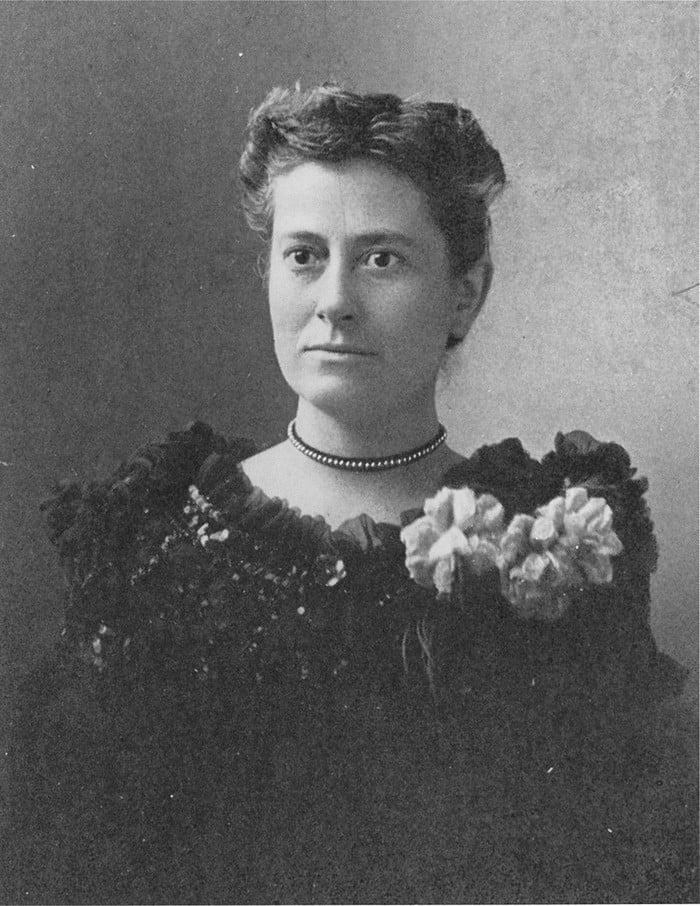
Portrait of astronomer Williamina Fleming
In addition to developing the spectral classification system, Williamina made discoveries that changed astronomy throughout her career. She discovered the Horsehead Nebula in 1888, as well as 59 gas nebulae, over 300 variable stars, and 10 new stars. She was also the first to identify the spectral signatures of white dwarfs.
In 1906, she became the first American woman to be elected an honorary member of the Royal Astronomical Society in London. In addition, she received the Guadalupe Almendaro Medal from the Astronomical Society of Mexico and was appointed Curator of Astronomical Photographs at Harvard, becoming the first woman to hold this position.
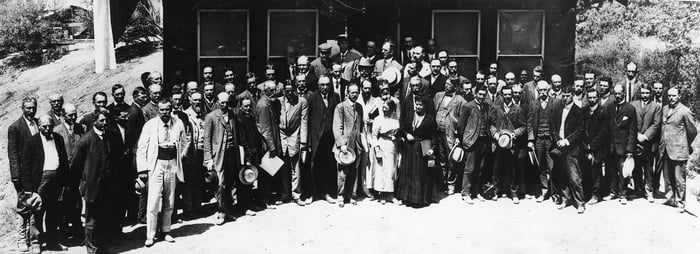
Williamina Fleming (center right) at the Fourth Conference of the International Union for Cooperative Solar Research at Mount Wilson Observatory, 1910
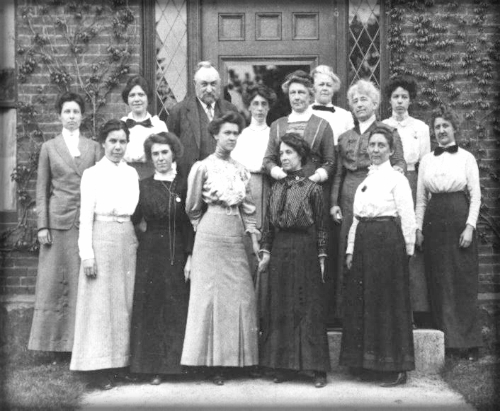
Edward Charles Pickering and his "squad" in 1913
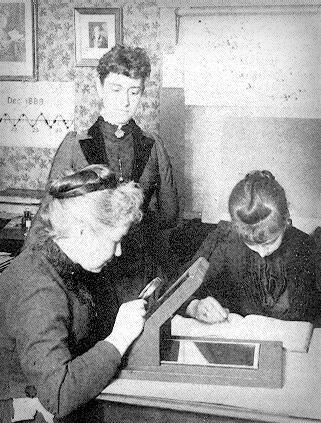
Williamina Fleming and colleagues at the Harvard University Observatory
Williamina Fleming died in 1911, but her story lives on in her systems and discoveries. She went from a maid to one of the founders of 20th century astrophysics and an inspiration to many other women.
Source: https://phunuvietnam.vn/nguoi-hau-gai-tro-thanh-nha-thien-van-hoc-20250518165557958.htm


![[Photo] Prime Minister Pham Minh Chinh attends the groundbreaking ceremony of Trump International Hung Yen Project](https://vphoto.vietnam.vn/thumb/1200x675/vietnam/resource/IMAGE/2025/5/21/ca84b87a74da4cddb2992a86966284cf)


![[Photo] Scientific workshop "Building a socialist model associated with socialist people in Hai Phong city in the period of 2025-2030 and the following years"](https://vphoto.vietnam.vn/thumb/1200x675/vietnam/resource/IMAGE/2025/5/21/5098e06c813243b1bf5670f9dc20ad0a)
![[Photo] Determining the pairs in the team semi-finals of the National Table Tennis Championship of Nhan Dan Newspaper](https://vphoto.vietnam.vn/thumb/1200x675/vietnam/resource/IMAGE/2025/5/21/eacbf7ae6a59497e9ae5da8e63d227bf)
![[Photo] Prime Minister Pham Minh Chinh receives Rabbi Yoav Ben Tzur, Israeli Minister of Labor](https://vphoto.vietnam.vn/thumb/1200x675/vietnam/resource/IMAGE/2025/5/21/511bf6664512413ca5a275cbf3fb2f65)
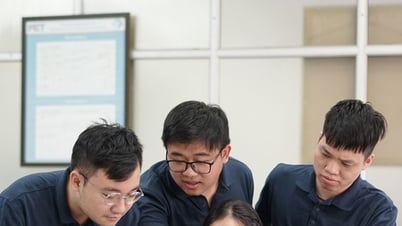








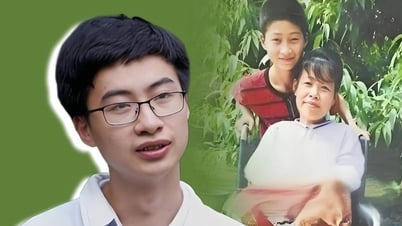





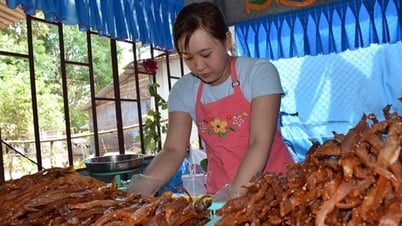

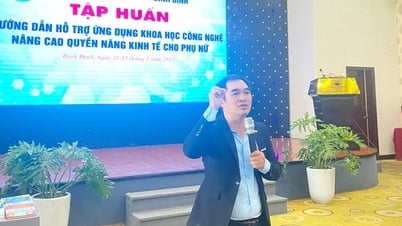































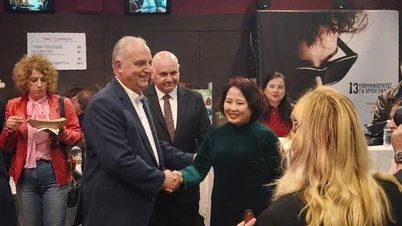









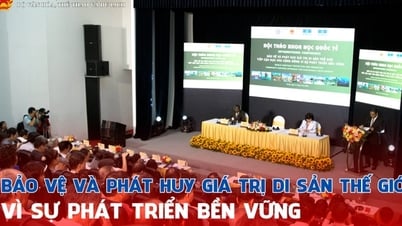



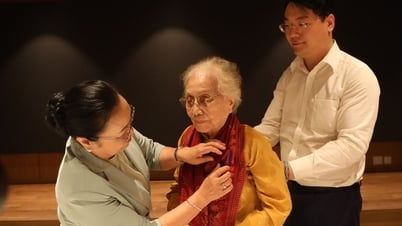






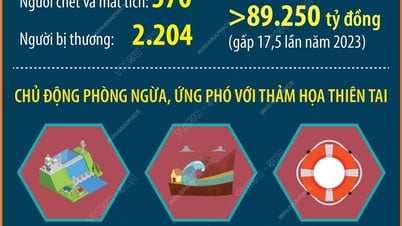

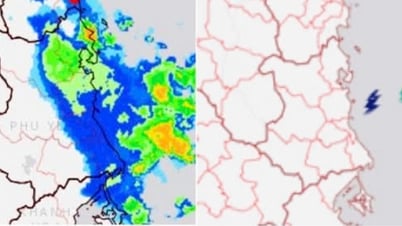
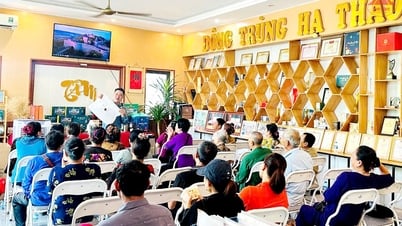

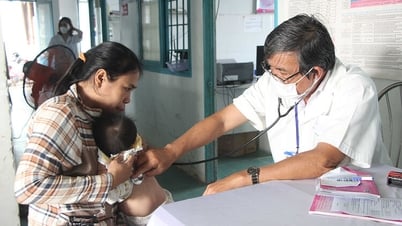

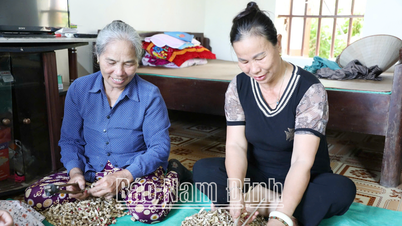











Comment (0)